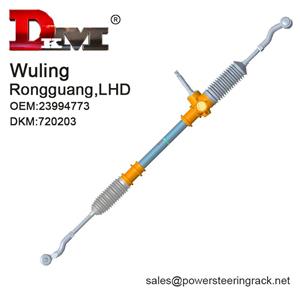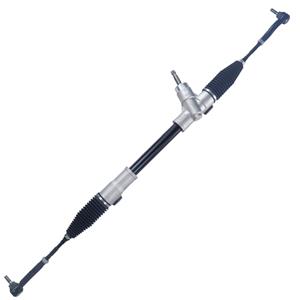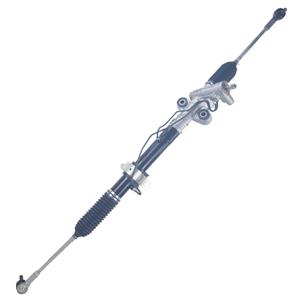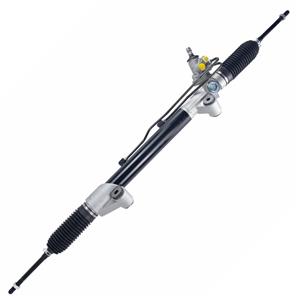Can I Change the Hydraulic Steering Rack to a Manual Steering Rack?
Car modification is a hobby for many car owners, and the modification of the steering system is even more complicated. A common question is: "Can I change the hydraulic steering rack to a manual steering rack?" This question not only involves mechanical knowledge, but also involves many aspects such as driving experience and safety.
This article will focus on this issue and explore the differences between hydraulic steering racks and manual steering racks, the technical challenges in the conversion process, and possible problems and solutions.
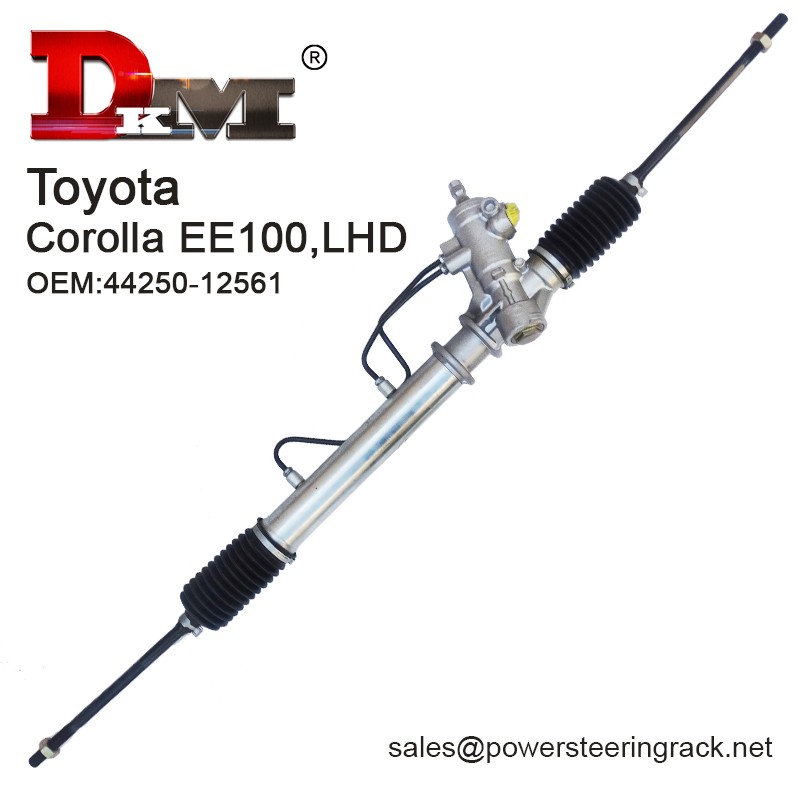
What Is the Difference Between a Hydraulic Steering Rack and a Manual Steering Rack?
To understand the feasibility of changing a hydraulic steering rack to a manual steering rack, you first need to understand the working principles and structural differences between the two.
1. Hydraulic Power Steering Rack: The hydraulic steering system provides power assistance through a hydraulic pump to help the driver turn the steering wheel more easily. The hydraulic pump is driven by the engine, and the hydraulic oil is transmitted to the piston chamber in the steering rack through a pipeline. When the driver turns the steering wheel, the hydraulic oil pushes the piston to generate power assistance, making steering easier. This system is usually suitable for vehicles that need to turn frequently, especially at low speed or parking, hydraulic power assistance is particularly important.
2. Manual Steering Rack: The manual steering system relies entirely on the driver's power to turn the steering wheel, without any form of power assistance. When the driver turns the steering wheel, the steering gear directly drives the wheels to turn through a mechanical connection. This system has a simple structure, light weight, and low maintenance cost, but the steering operation will be very strenuous at low speed or parking, especially for large vehicles or heavy loads. The manual steering system is more difficult to operate.

Why Change the Hydraulic Steering Rack to a Manual Steering Rack?
Many car owners consider changing the hydraulic steering rack to a manual steering rack for different reasons. This is because the manual steering system has no hydraulic pump, pipeline and power assistance device, and the structure is simpler, reducing the parts that may fail. The hydraulic system requires regular maintenance, including the replacement of hydraulic oil, inspection of pipelines and maintenance of hydraulic pumps, while the manual steering system requires less maintenance.
In addition, some driving enthusiasts believe that the manual steering system can provide a more direct road feel and control feel, making driving more "pure". The hydraulic pump, tubing, and hydraulic fluid in the hydraulic steering system add to the vehicle's overall weight. Removing these components can reduce vehicle weight and improve vehicle performance and fuel efficiency.
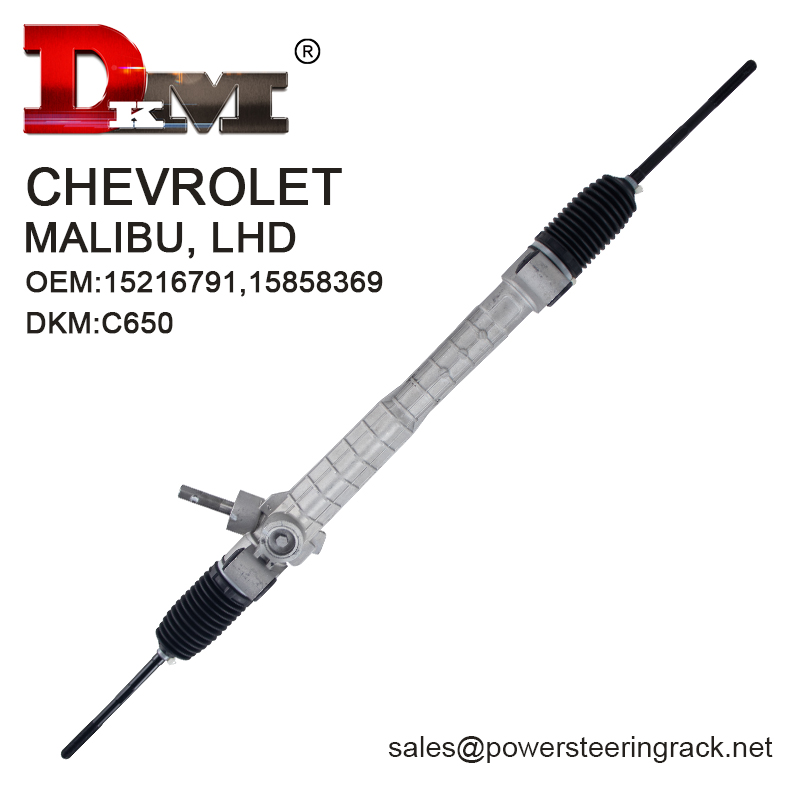
Can I Convert a Hydraulic Steering Rack to a Manual Steering Rack?
Despite the variety of motivations for conversion, the process is not simple. Converting a hydraulic steering rack to a manual steering rack involves several technical challenges. The first is the compatibility issue. Manual steering racks are significantly different in structure from hydraulic steering racks, so direct replacement is not always possible. Installing a manual steering rack may require modifications to the vehicle's suspension system and steering column to ensure compatibility between the two.
The second is the adjustment of the steering ratio. The design of the hydraulic steering system usually takes into account the presence of power assistance, so its steering ratio may be smaller. Manual steering systems require a larger steering ratio to reduce the driver's operating force. If the original steering ratio is used directly, the driver may need to exert more force to operate the steering wheel without power assistance, which will seriously affect the driving experience. Manual steering systems usually require higher structural rigidity than hydraulic systems to cope with larger operating forces. Therefore, some key components such as steering columns and steering arms may need to be replaced during the conversion process to ensure the strength and durability of the system.
Finally, regulations and safety. In many regions, the steering system modification of the vehicle needs to comply with local regulations and safety standards. Since the manual steering system requires a high level of operating force from the driver, in some cases, the modified vehicle may not pass the safety inspection or require additional certification.
Steps and Precautions in the Conversion Process
First, you need to select a manual steering rack that is suitable for the vehicle. Ideally, you should choose a steering rack that is compatible with the vehicle's original suspension system to reduce the complexity and cost of the modification. If the steering ratio of the manual steering rack does not meet the needs of the vehicle, you may need to adjust the steering rack or replace related parts. Make sure the steering ratio is moderate so that the driver can still easily control the vehicle without power assistance. The manual steering system needs to withstand greater operating force, so components such as the steering column, steering arm, and connecting rod may need to be strengthened or replaced to improve the rigidity and durability of the system.
After replacing the hydraulic steering rack with a manual steering rack, the hydraulic pump, oil pipe, and hydraulic oil will no longer be required. Removing these components not only reduces the weight of the vehicle, but also avoids the presence of useless components in the vehicle that may cause potential problems. After the modification is completed, ensure that the vehicle meets local regulations and safety standards. This may include passing specific safety tests or obtaining vehicle modification certification.
What Are the Pros and Cons of Changing From a Hydraulic Steering Rack to a Manual Steering Rack?
Although there are some benefits after completing the modification, car owners should also consider the advantages and disadvantages of this modification comprehensively.
1. Pros:
● Simplified system: The manual steering system has a simple structure, fewer failure points, and reduced maintenance requirements.
● Reduced vehicle weight: Removing hydraulic system components can effectively reduce vehicle weight, improve fuel efficiency and vehicle performance.
● Increased driving pleasure: The manual steering system can provide a more direct road feel and control feel, suitable for car owners who like a "pure" driving experience.
2. Cons:
● Increased operating difficulty: Without power assistance, especially at low speeds or parking, steering operations will be very difficult, especially for larger or heavily loaded vehicles.
● Reduced comfort: The main purpose of the hydraulic power assistance system is to improve driving comfort. The manual steering system will cause driving fatigue after long driving or complex road conditions.
● High modification cost: Although the manual steering system has a simple structure, in some cases, the cost of modification may exceed expectations, including component costs, labor costs, and additional regulatory certification costs.
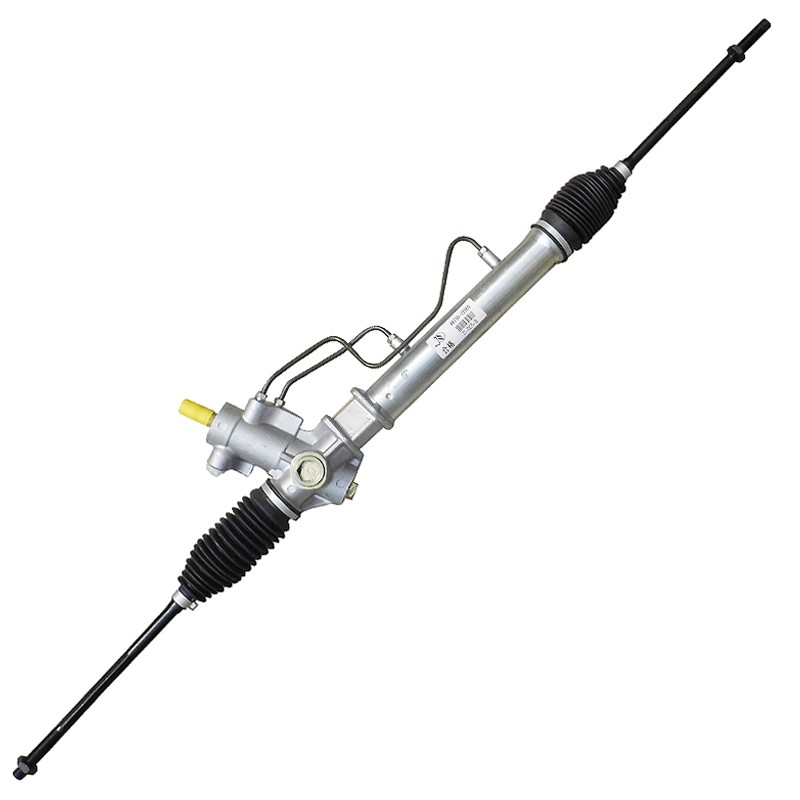
Actual Case Analysis
In order to better understand the actual effect of this modification, let's look at a few actual cases.
1. Case 1: Modification of light sports sedans
Some car owners like to change the hydraulic steering rack of light sports sedans to manual steering racks in pursuit of more direct driving feedback. In such vehicles, due to the light weight and small steering burden, the driving experience after modification is often satisfactory. These car owners usually choose a racing-level manual steering rack and fully adjust and strengthen the steering system to ensure driving accuracy.
2. Case 2: Modification of classic cars
Some classic cars do not have a power steering system in the original configuration. In order to keep the original state of the vehicle, the owner may choose to restore the hydraulic steering rack installed later to a manual steering rack. This modification is usually for the purpose of restoring the original appearance, and the original design of the vehicle is usually maintained during the modification process, without too many modern upgrades to the steering system.
3. Case 3: Truck modification
It is not common to change the hydraulic steering rack to a manual steering rack in trucks or heavy vehicles, because such vehicles require very strong power assistance to cope with the steering needs under heavy loads. Although this modification can be achieved, the significant decrease in operating difficulty and driving comfort makes this modification uncommon in practice.
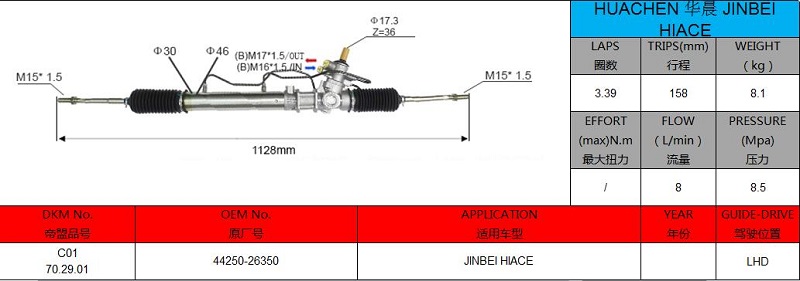
Conclusion
Changing the hydraulic steering rack to a manual steering rack is a complex and challenging modification project involving many technical considerations. Although the manual steering system can provide more direct driving feedback and reduce maintenance requirements in some cases, it also brings problems such as increased operating difficulty and reduced comfort.
Therefore, before considering this modification, the owner should fully evaluate the necessity, technical feasibility and possible impact of the modification. For most car owners, unless there is a special need, keeping the original hydraulic steering system may be a more realistic and economical option.

